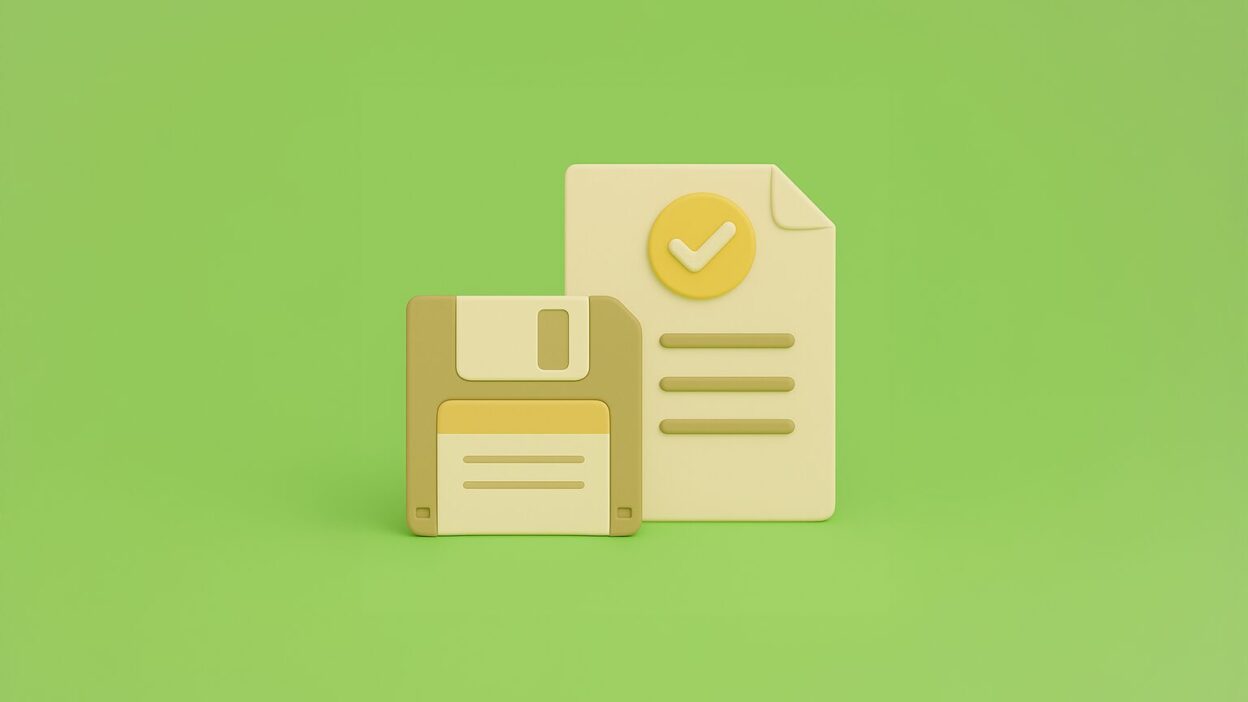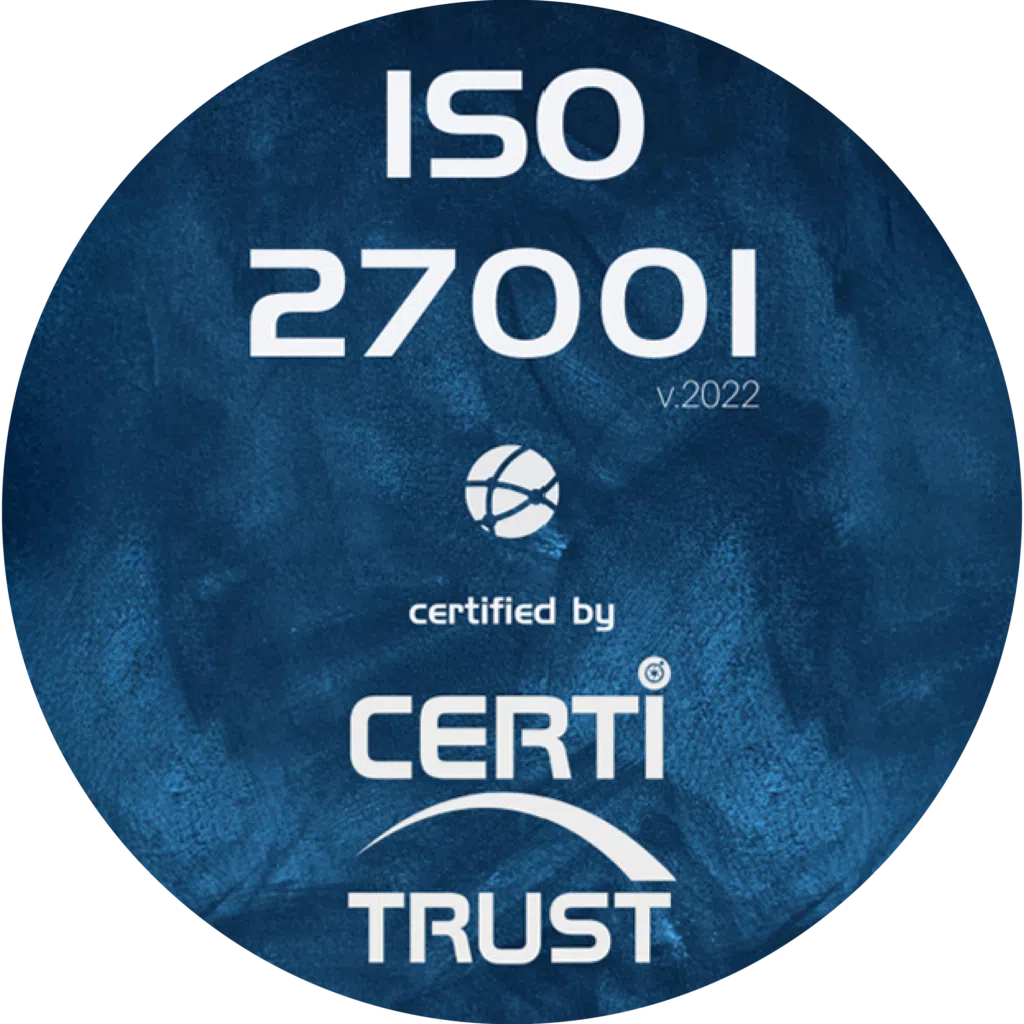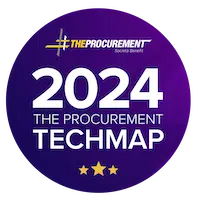One of the most important aspects of supplier management is the invoicing stage. Although some companies still pay too little attention to supplier invoice management, it is a strategic area for promoting business growth. However, there are a few things you need to know if you want to manage your supplier invoices effectively over the coming months!
This article sets out the main points you need to know to improve supplier invoice management and get the most out of it. After all, every process is a source of optimisation. So it’s worth taking a closer look to optimise your supplier accounting, help your business evolve and become more mature.
What is a supplier invoice?
A supplier invoice in a company is considered to be an invoice linked to a supplier order. It shows the money owed by the company to the supplier. A supplier invoice also contains all the invoicing data due. It contains essential information about the order, such as the supplier’s contact details, the number of items, the total amount and the delivery and payment terms. Invoices are generally issued once the related products or services have been received. It also includes mandatory information such as the company’s registered capital, general terms and conditions of sale (GTCS) and identification number (SIRET).
Processing supplier invoices is an important stage for the accounting and purchasing departments. Thanks to the supplier invoices already present on a purchasing management tool, the company can easily access all the invoices for current and past purchase orders, and reconcile invoices at the click of a button. Supplier accounting is made easier because it no longer has to waste time chasing after employees to gather information for reconciliation.
Making supplier management a strategic priority
Since processing invoices is a daunting administrative task, particularly with the use of Excel to manage supplier invoices, optimising this management has become a guarantee of success for the company. A real strategy.
The physical version of purchase invoices requires manual input into accounting software, which can lead to errors when the information is reprocessed. Time can also be wasted searching for certain invoices that may not have been filed in the right place or that have simply disappeared. By centralising all invoices, employees can find the documents they need.
Even today, some employees in the accounts department are still dedicated solely to time-consuming tasks such as analysing invoices and monitoring invoice payments, for example. Taking an interest in the management of supplier invoices by deploying a digitisation solution therefore represents a certain growth lever for the company. Instead of manually receiving, sorting and filling in the information on invoices in the accounting software, checking that the document is correct or taking a few minutes to archive the invoice, staff can concentrate on more strategic tasks.
If a company decides to use invoice management software to optimise the management of its invoices, it can expect to see a reduction in invoicing costs. Especially as the costs associated with this process include processing costs (reception, analysis, reconciliation and accounting entry), costs associated with the loss of documents and costs associated with archives. It is therefore possible to make employees more productive thanks to a management tool that supports them on a daily basis.
Dematerialise supplier invoices
In a study carried out by PWC-DFCG in 2019 on the priorities of French CFOs, 30% of them indicated that the dematerialisation of supplier invoices was at the top of their list of priorities.
Switching from paper to digital invoices for the purchase of goods can be a lever for growth for your company, in the sense that dematerialised invoices play an essential role in improving supplier relations, for example. You’ll see significant progress thanks to shorter payment times, fewer data entry errors and fewer potential disputes if there are invoices that have been pending for some time or unpaid invoices.
The elimination of certain manual tasks means that staff can concentrate on other value-added tasks, thereby improving exchanges between the two parties involved. This is why electronic invoicing is gradually being introduced, and will soon be required by law.
Companies that issue electronic supplier invoices and process them dematerialised can :
- reduce invoice processing costs
- improve accounting traceability
- automate invoicing processes
- reduce sending times
- optimise cash management
- eliminate paper invoices
- simplify and streamline invoice validation
Paying invoices by digitising supplier invoices enables companies to simplify the processing of supplier invoices and monitor their processing and validation status in real time. Supplier accounting is also optimised.
Digitising supplier invoices is a significant digital transition that is not necessarily easy to initiate within a company. A dematerialisation solution is therefore recommended to support this change. It’s important to create a healthy environment for your business to develop under the right conditions.
By dematerialising supplier invoices, you can save money on invoice processing, with savings of between 50% and 75% compared with processing paper invoices.
Purchasing software to anticipate invoices
There is a wide range of management software available today to facilitate the purchasing process for companies and make it easier to process supplier invoices linked to orders placed. In fact, many of the malfunctions are linked to the internal purchasing procedure. A validation process upstream of the purchase is ideal via purchase requisitions.
Firstly, dematerialising supplier invoices saves on the printing of paper invoices, and secondly, centralises all the data in one place. Purchasing files are stored securely and invoices are not scattered or lost. Having visibility over all purchases means you can anticipate invoices and avoid delays in payment, for example.
By tracking all expenditure using a tool such as Weproc, it is possible to access all purchasing data and easily manage supplier accounting to reduce the risk of reprocessing. Invoice management can become a strategic focus, saving considerable amounts of time. We work on the assumption that once an invoice has been paid, it’s too late to go back over it. That’s why setting up a validation circuit from purchase requisitions onwards makes it easier to reconcile supplier invoices at the end of the day.


What about electronic invoicing?
Definition of an electronic invoice
Gone are the days of paper invoices, replaced by electronic invoices paid using purchasing management software. This invoicing format enables invoices to be issued, transmitted and received in electronic form, with the data previously communicated on the file. Electronic invoices differ from conventional invoices in the way they are designed. All the relevant information is already known and can be used. It is important to send and receive the invoice in electronic format so that it can be understood as an electronic invoice.
There are currently three types of electronic invoice:
- The so-called “structured” invoice, which is made up of data structured according to a standard adopted by both parties to meet the requirements of Electronic Data Interchange.
- The “unstructured” invoice, which is similar to the traditional invoice in its presentation. It can be in the form of a PDF file sent by e-mail or imported onto a dedicated page of a website.
- The so-called “hybrid” invoice, which encompasses “structured” and “unstructured” invoices. This means that the invoice in question consists of a document in PDF format combined with a document containing structured information.
How do I create an electronic invoice?
Switching from a traditional paper invoice to an electronic invoice requires some preparation before it becomes operational. It is important to carry out a phase of alignment and adjustment between the company and its suppliers, for example. Everyone has their own way of working, so the invoicing system needs to be adapted. The European Union has created the EN16931 standard, which enables companies that have modified their invoicing systems to reduce their project management costs and pool the resulting IT investments.
For invoices to be electronic, it is important to guarantee their origin and the continuity of their content. In this case, the company can use an electronic signature or Electronic Data Interchange to send invoices electronically. Don’t forget to fill in the same mandatory information required for paper invoices.
A legal obligation
As far as the public sector is concerned, companies of all sizes are obliged to issue and send dematerialised invoices from 1 January 2020. The same applies to private sector companies, which will have to be able to receive their invoices in electronic format by 1 July 2024 (with the 2020 Finance Act – article 153). New obligations can be expected between 2024 and 2026, such as issuing electronic invoices and communicating certain data to the tax authorities.
All businesses will therefore need to equip themselves with electronic invoicing software to meet these requirements.
The benefits of electronic invoicing
The dematerialisation of supplier invoices is certainly synonymous with changes for businesses, but it also helps them to run smoothly. Electronic invoicing offers a number of advantages to companies that have already completed their digital transformation. The benefits are as follows:
- improved invoice reliability
- better real-time monitoring of invoices
- shorter payment times
- reduced publishing costs
- reduced supplier invoice processing time
- reduced invoice storage
- fewer paper invoices lost
- reduced risk of fraud
- reduced carbon footprint
Optimising supplier invoice management is therefore an essential part of a company’s purchasing process. Administrative tasks in this area are often tedious and a source of errors. Opting for electronic invoicing is one of the solutions needed to improve internal and external operations, reduce the risks associated with poor invoice management, and facilitate relations with suppliers.
Want to learn more about our Weproc procurement management software?
Contact us or request your 15-minute demo below!








